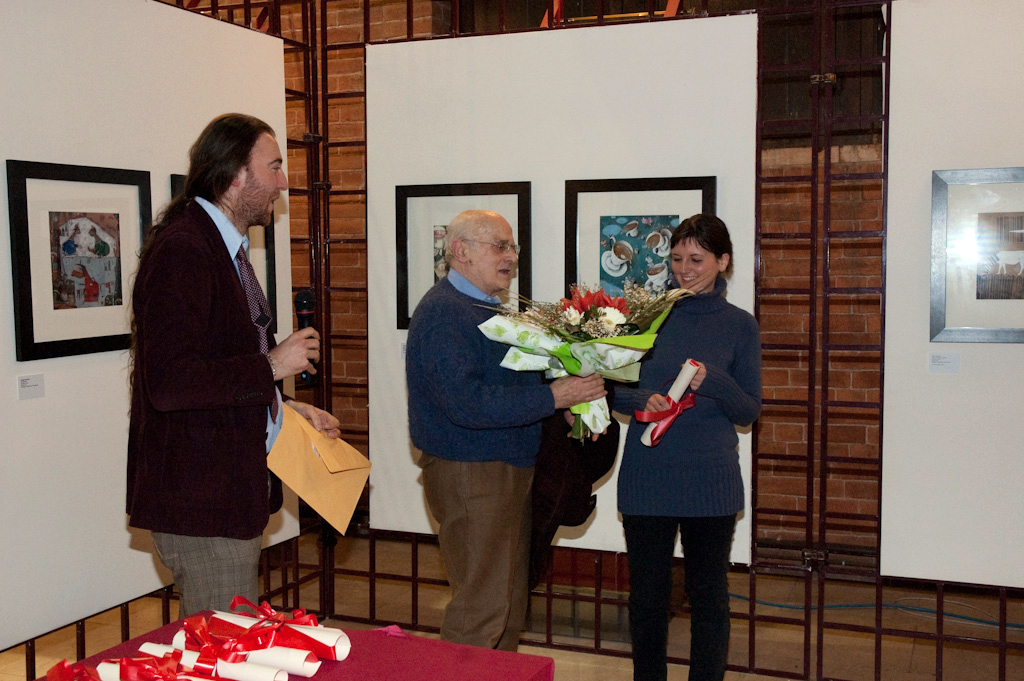Title of the work
Country of the First Edition
Country/countries of popularity
Original Language
First Edition Date
First Edition Details
Marie de Prémonville, Cléopâtre. Paris: Auzou, 2011, 40 pp.
ISBN
Genre
Biographies
Picture books
Target Audience
Crossover
Cover

We are still trying to obtain permission for posting the original cover.
Author of the Entry:
Agnieszka Maciejewska, University of Warsaw, agnieszka.maciejewska@student.uw.edu.pl
Peer-reviewer of the Entry:
Elżbieta Olechowska, University of Warsaw, elzbieta.olechowska@gmail.com
Lisa Maurice, Bar-Ilan University, lisa.maurice@biu.ac.il

Marie de Prémonville (Author)
Marie de Premonville was born in 1973. She is a writer and a translator. She studied literature although she felt that translation was her one and only vocation. She has translated Stephen King’s The Dark Tower series and Robert Goolrick’s novels. You can find more information about her work as a translator at: www.elbakin.net (accessed: August 28, 2018)
She also wrote many books, e.g. Les matins courts (2009), Cleopatra (2011); its English version Cleopatra: Queen of the Nile was published in 2012.
Currently she lives in Paris with her daughter.
Sources:
www.lirenval.com (accessed: August 28, 2018)
www.babelio.com (accessed: August 28, 2018)
www.elbakin.net (accessed: August 28, 2018)
Bio prepared by Agnieszka Maciejewska, University of Warsaw, agnieszka.maciejewska@student.uw.edu.pl

Daniela Volpari gets the Critics Award (Premio della Critica). Photo by Corrado Ignoti, retrieved from tapirulan.it, licensed under CC BY-NC-ND 2.5 IT (accessed: December 30, 2021) © corradoignoti.it
Daniela Volpari (Illustrator)
Daniela Volpari is an Italian illustrator. She was born in 1985. She graduated from the International School of Comics in Rome. She created illustrations for books, such as Le trois mousquetaires (Eli; Italy 2012), an illustrated book: Topi ne abbiamo (DeAgostini 2017) or another illustrated book: When Ruth Bader Ginsburg Chewed 100 Sticks of Gum (Capstone Publishing 2018).
For more information about the author see her official website (accessed: August 28, 2018) and her blog (accessed: August 28, 2018).
Bio prepared by Agnieszka Maciejewska, University of Warsaw, agnieszka.maciejewska@student.uw.edu.pl
Translation
English: Cleopatra: Queen of the Nile, trans. Susan Allen Maurin, Paris: Auzou, 2012, 48 pp.
Summary
Marie de Prémonville’s picture book is written in the form of Queen Cleopatra’s memories. We meet her in her final moments just a few days after Marc Antony’s death. She recalls her fight for power, her love affair with Julius Caesar, and her great love for Marc Antony. Her memories are described in chronological order. The book ends with her death and reunion with her one true love, Marc Antony.
Analysis
The picture book describes and explains the most famous historical moments from Queen Cleopatra’s life. The plot is constructed from her memories intermingled with her final moments. These two narrative strands are marked with the use of two different fonts. Her recollections are printed in italics. The book is illustrated with beautiful A4 size drawings. These illustrations are inspired by antiquity and also by modern day. One of the examples can be Cleopatra’s dress similar to the ancient tunic but tight in the waist line like dresses from 60’s. Other mixture of antiquity and modernity is Cleopatra’s hair style short and with fringe but longer sides more like in the modern hair styles. Connecting ancient image of Cleopatra with more typical, modern image is addressed to older reader who can see cultural and artistic eclectic connections. One of the examples of modern inspiration is an illustration of Cleopatra and Marc Antony which looks like a modern photo taken in a photo booth. Some of the connotations aren’t so obvious and the reader needs to carefully interpret the metaphors in order to fully understand them. For example, Cleopatra plays with chess pawns and a picture of a kite decorated with the sun and the moon which are representations of Helios and Selene. Playing chess is a metaphor. Cleopatra as a reign manipulates and rules so the pawns represent other people. The illustrator uses bright, sunny colors in spite of the tragic plot. The reader is unlikely to forget about it, as very often during her story, Cleopatra reminds us that these are the final moments of her life. This device helps readers to reflect on her story and becoming interested in learning more about her. To understand her and her story better, to see more clearly how Cleopatra is seen and perceived in pop culture.
Addenda
English translation by Susan Allen Maurin:
Marie de Prémonville, Cleopatra: Queen of the Nile. Paris: Auzou, 2012, 48 pp.


